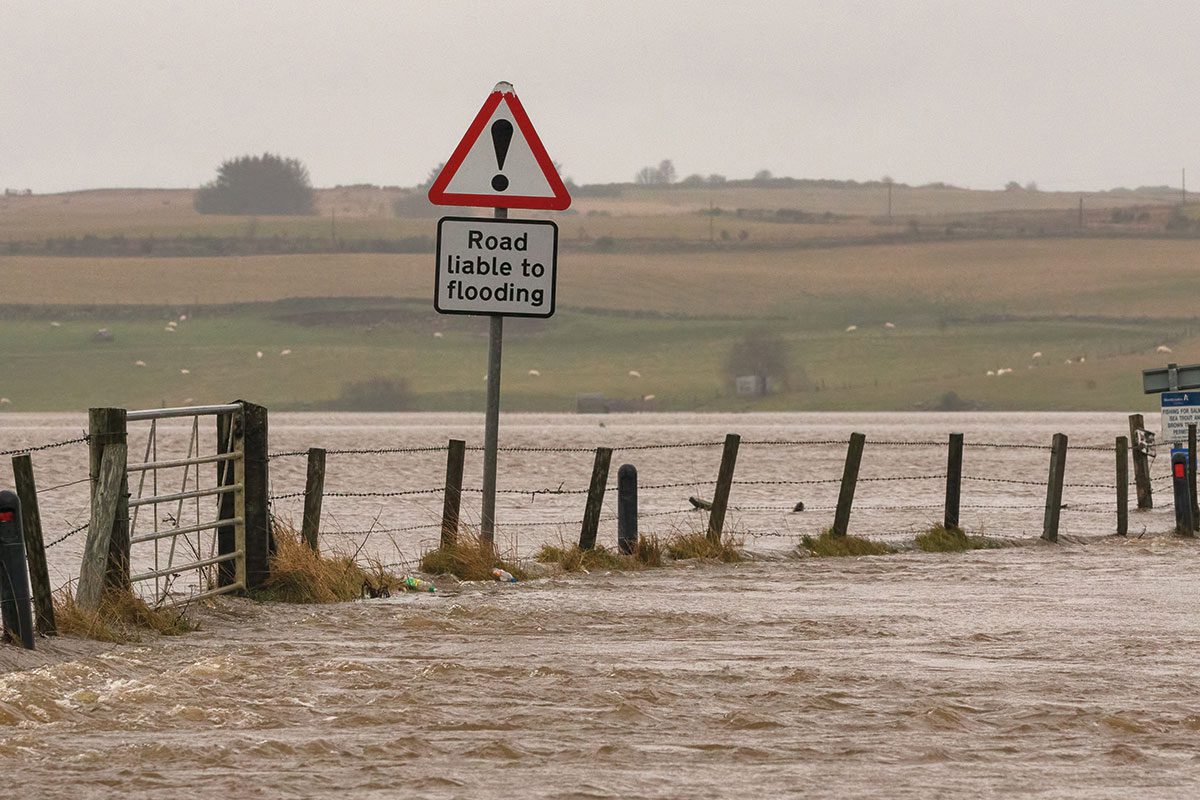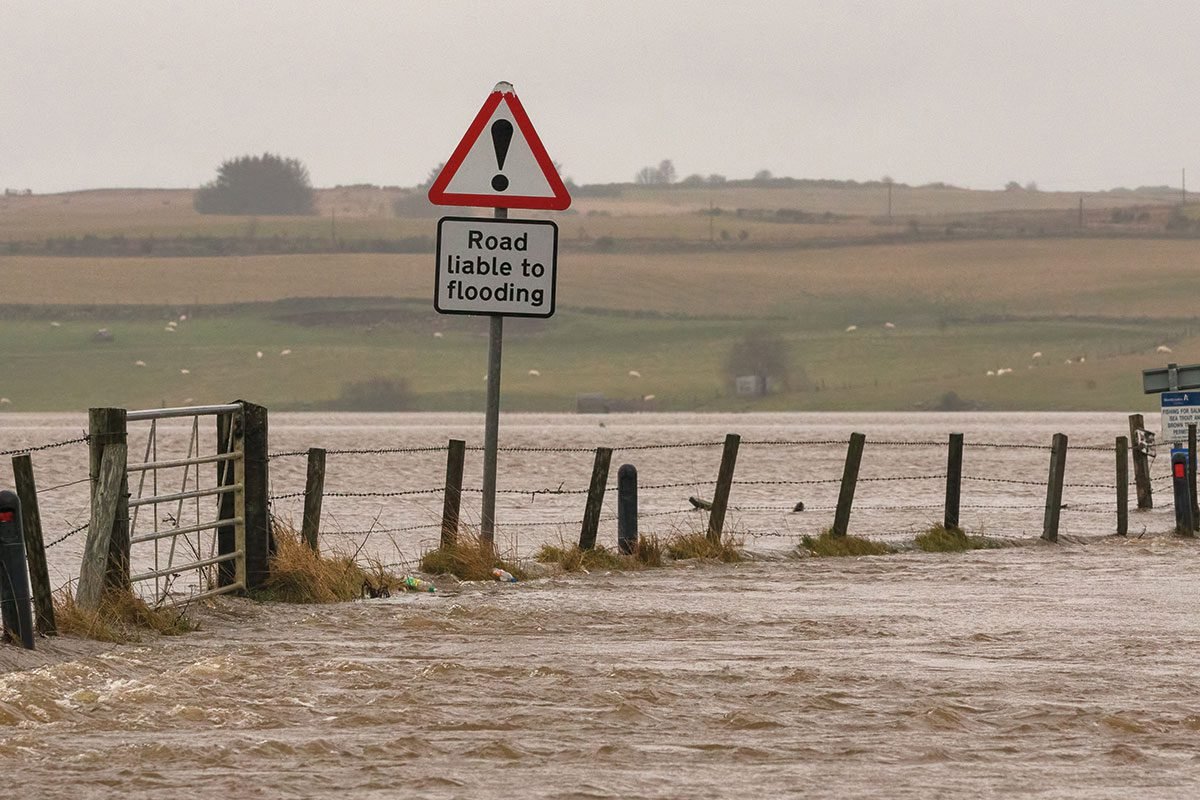
The Climate Change Committee has called on the Government to deliver a new generation of climate adaptation objectives that are clearer, measurable, and more ambitious.
In a 15 October letter, Baroness Brown, Chair of the CCC’s Adaptation Committee, stated that the UK is “not yet adapted for the changes in weather and climate that we are living with today, let alone those that are expected over coming decades.”
The work of strengthening adaptation objectives is therefore “essential and urgent” to avoid widescale disruption.
These objectives should, at a minimum, cover weather extremes expected under a scenario of around 2 °C of global warming by 2050, beyond the threshold of what the Paris Agreement was designed to avoid. “We continue to believe that the long-term temperature goal is achievable, but prudent risk management needs to consider a wider range of possible worse outcomes.”
Adaptation planning should also anticipate a warming level of 4 °C by end of century, this being a scenario that cannot yet be ruled out.
It recommends that the next National Adaptation Programme (NAP) – the fourth – should articulate a clear, long-term adaptation vision, setting a deadline for preparedness at 2050, and defining what “climate resilience” means in practice.
To make objectives operational, they should be underpinned by interim, quantifiable milestones or targets every five years.
Government departments need to be clearly accountable for the delivery of the objectives, said the letter. It also observed that “governments have repeatedly failed on their ambitions to make the UK resilient to climate change”. The CCC therefore welcomed the Government’s commitment to an ambitious and impactful fourth NAP, noting that: “This will have to be materially different to previous NAPs if it is to have value.”
Responding to the announcement, Sarah Mukherjee, chief executive of The Institute of Sustainability and Environmental Professionals (ISEP), welcomed the new target as “long overdue”, observing that “adaptation is often a poor cousin to mitigation”.
“Our cities, towns and individual homes need to be more resilient to flooding and heatwaves,” she said.
“For example, building more flood defences, changing building regulations to include ventilation and cooling, or encouraging the installation of heat pumps that also provide air conditioning.”
She highlighted the need to invest in skilled people that can deliver that long list of adaptation measures.
“That also means ensuring we have the skilled people within government to apply an ‘adaptation test’ to spending commitments, so even government decisions not explicitly focused on adaptation or resilience still take account for climate risks and avoid making these challenges harder.”
Also commenting on the CCC’s warning, Ruth Kerrigan Chief Operating Officer with climate tech firm, IES, said it should serve as an urgent call to action.
She considered the implications of preparing buildings for a 2°C rise in global temperature. “Looking at some of our most critical – and energy-intensive – sectors such as healthcare, for example, this can have direct implications for patient recovery, staff wellbeing, and operational resilience across the NHS. Retrofitting these buildings with often simple measures can reduce that risk significantly while cutting energy use and costs. Implementing measures like improved shading, high-efficiency insulation, demand-controlled ventilation, and low-carbon heating systems can all significantly impact a building’s comfort and resilience to extreme weather conditions.”
The CCC’s letter said the level of ambition required in climate adaptation was “for Government to decide” but promised further analysis of the tradeoffs involved in the its “Well-Adapted UK” report, to be published in May 2026.

